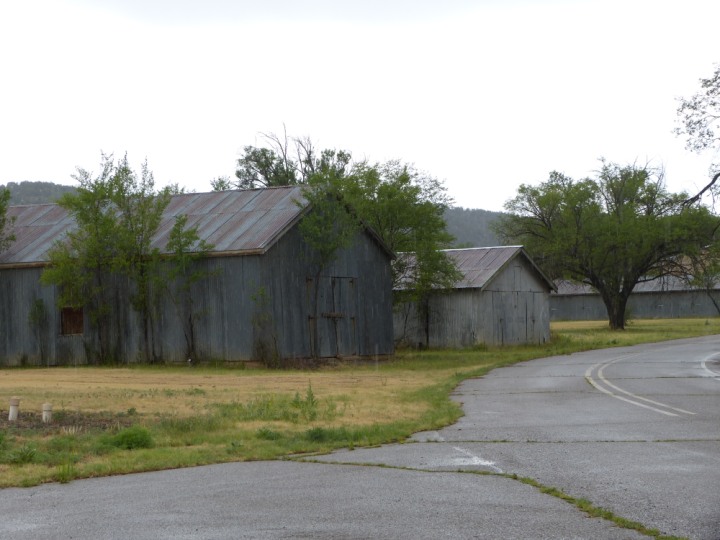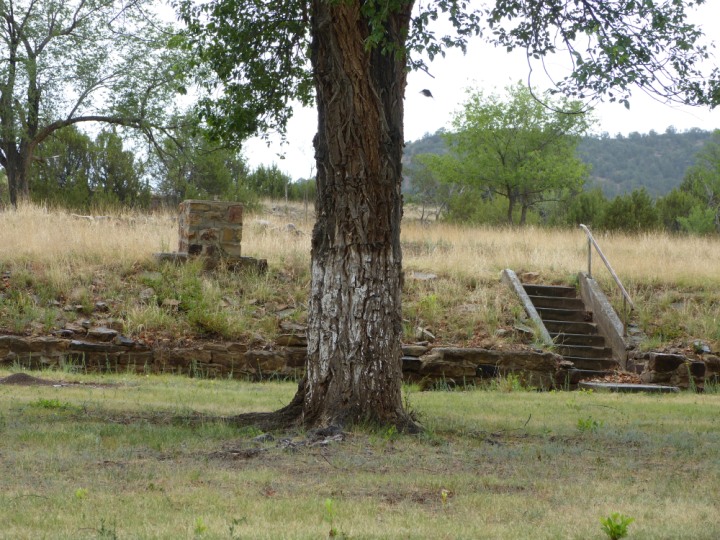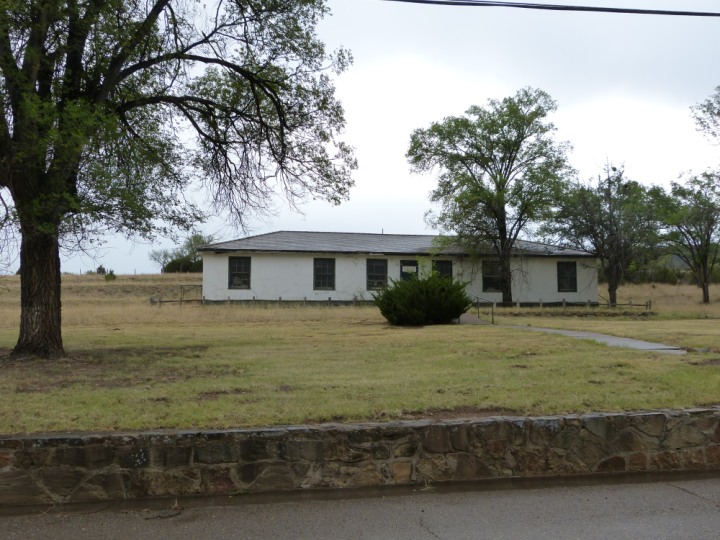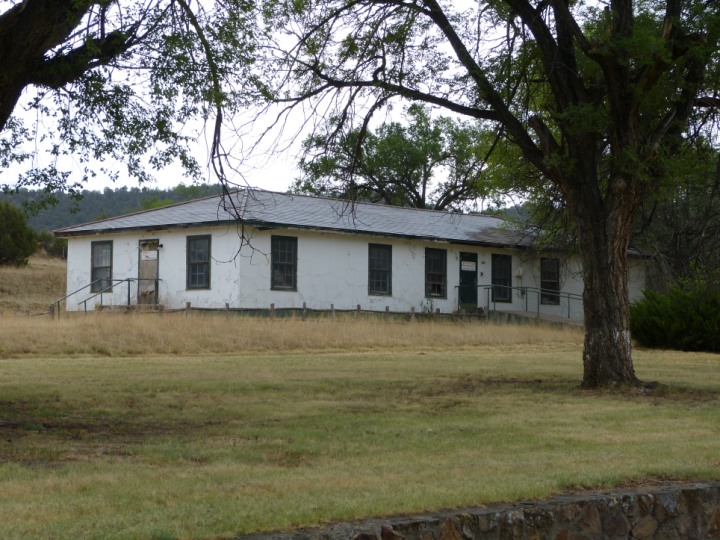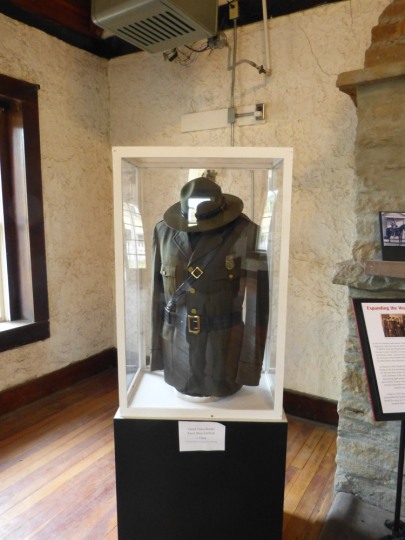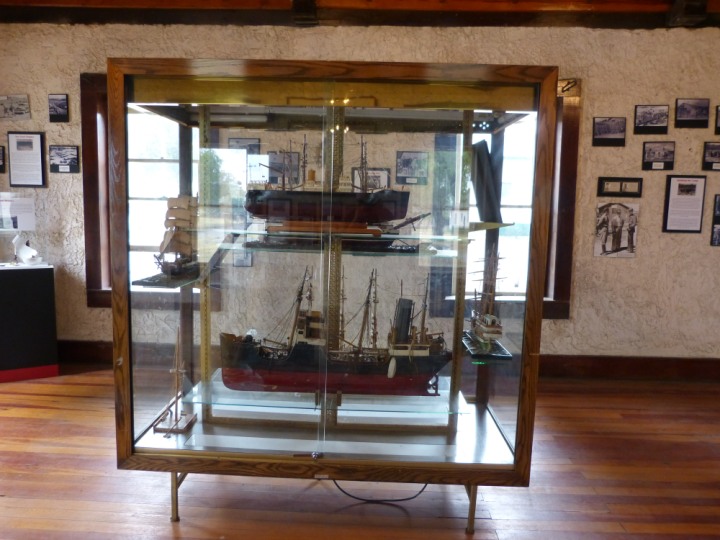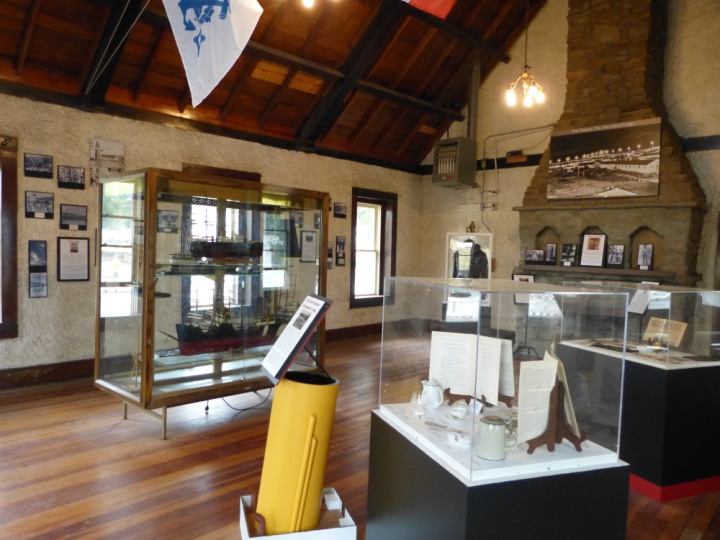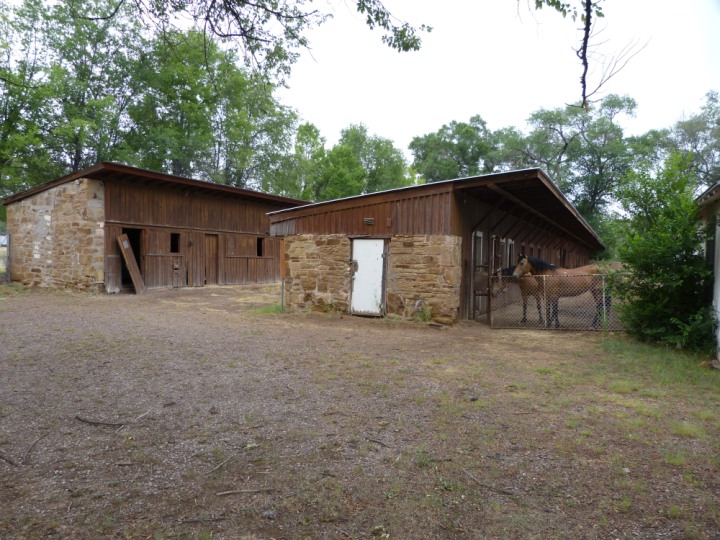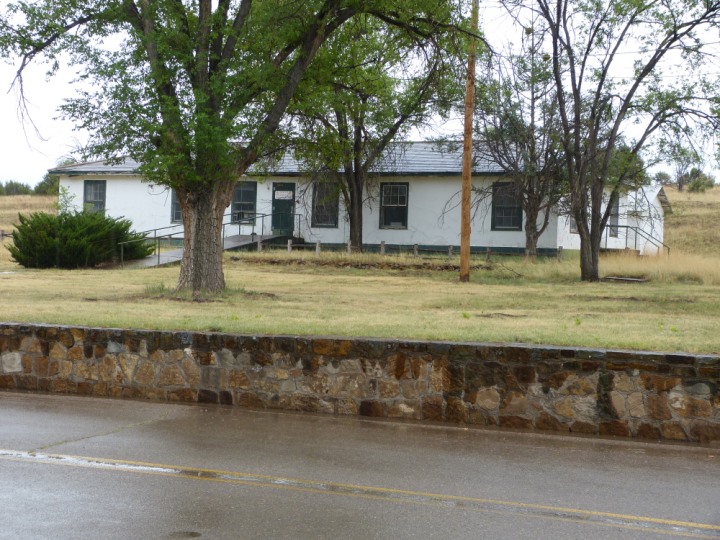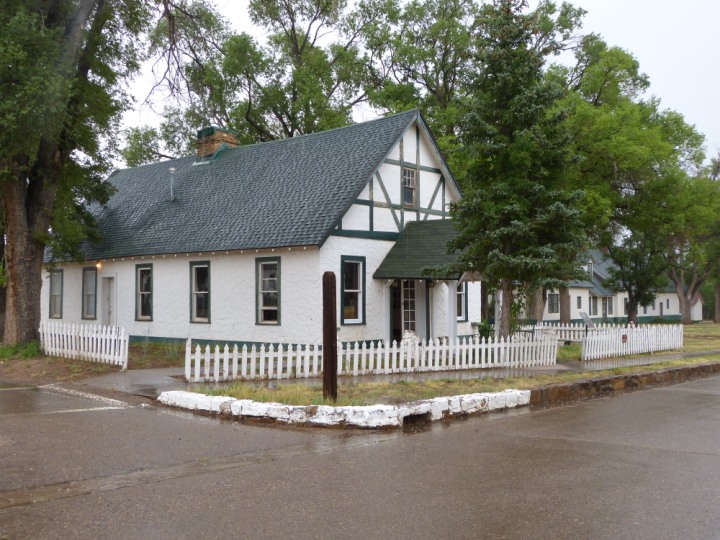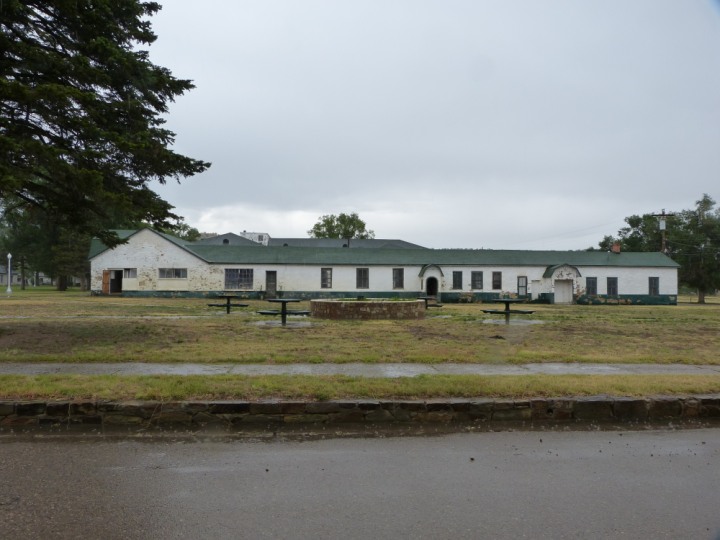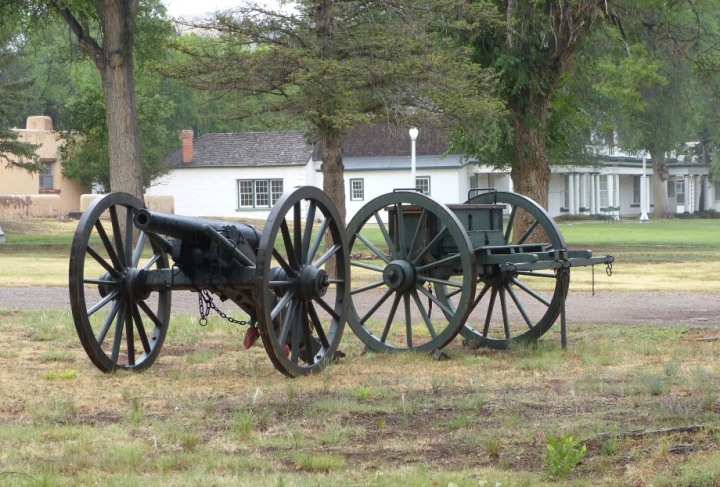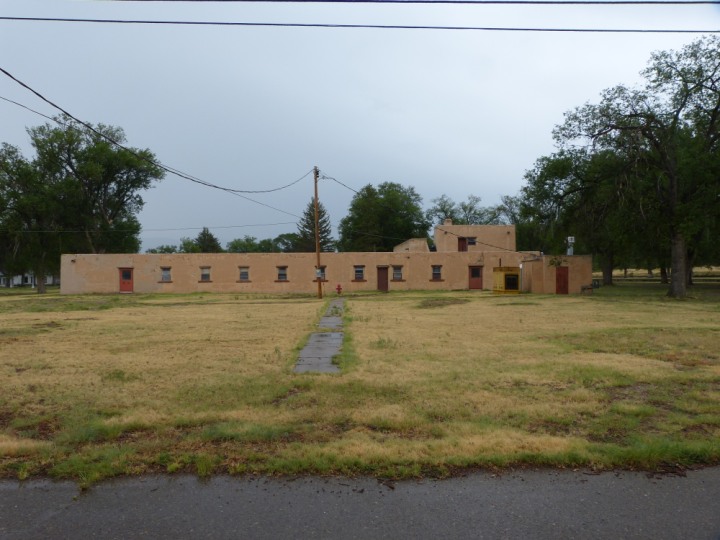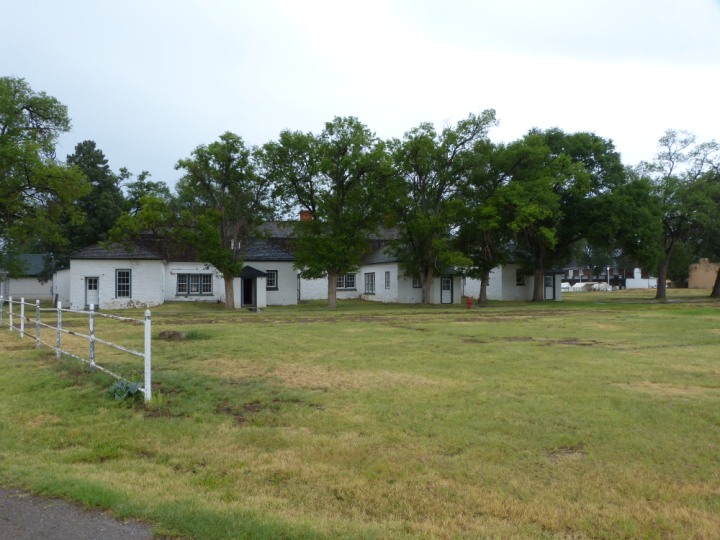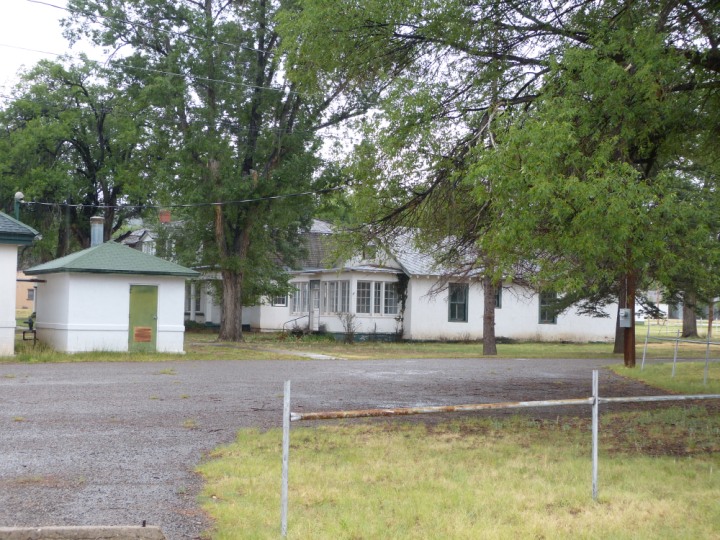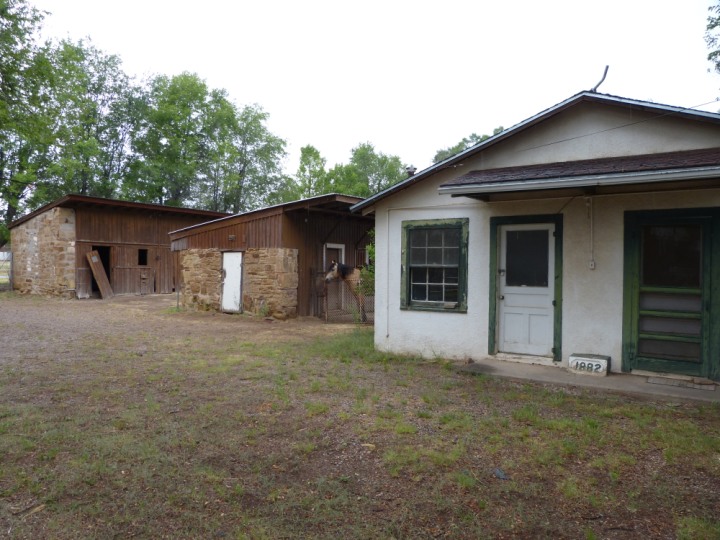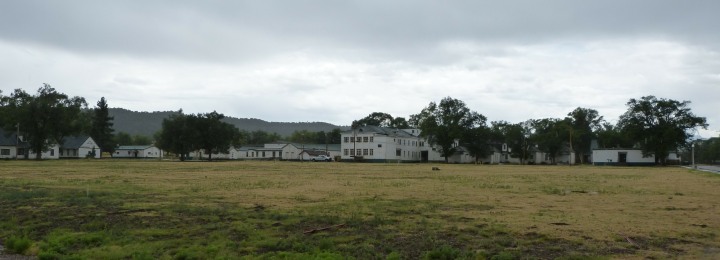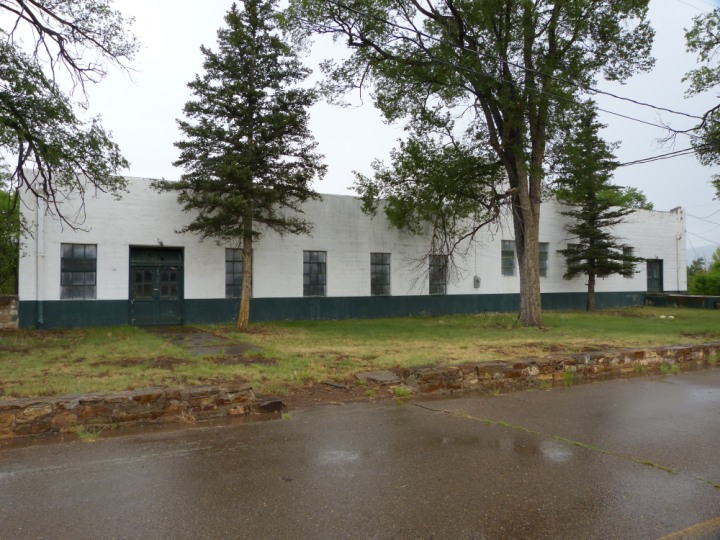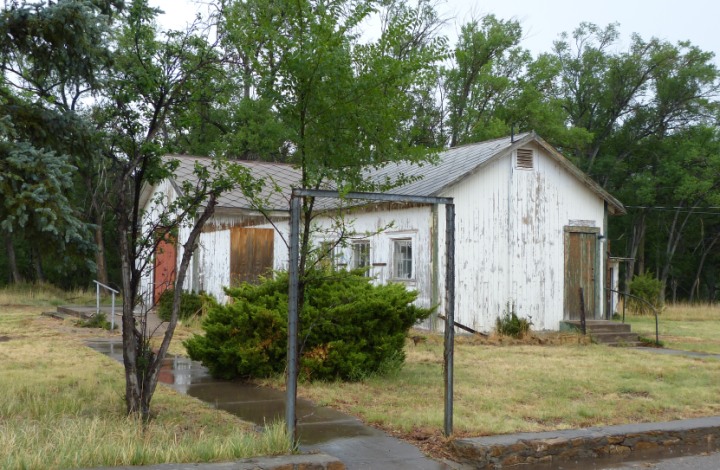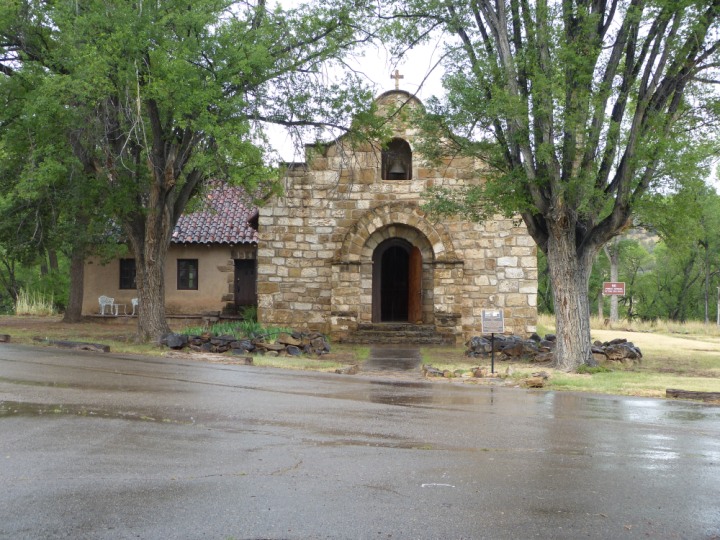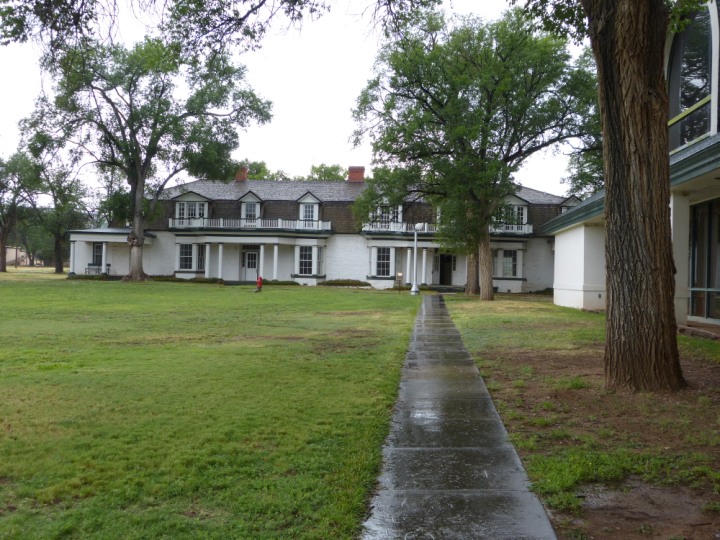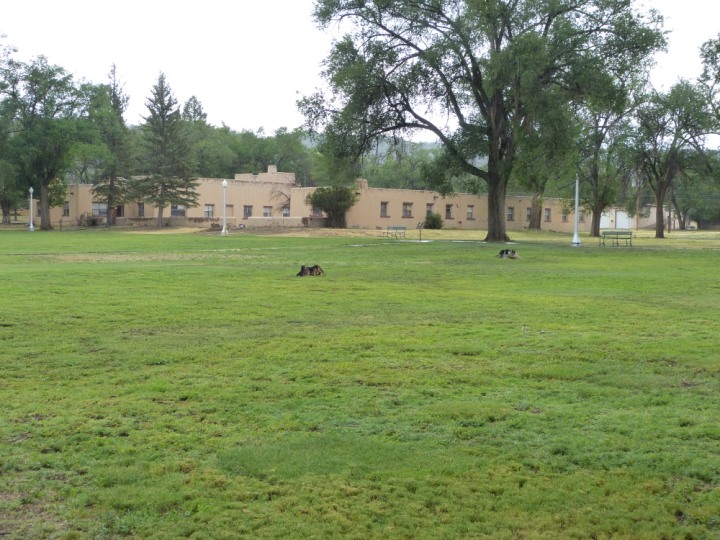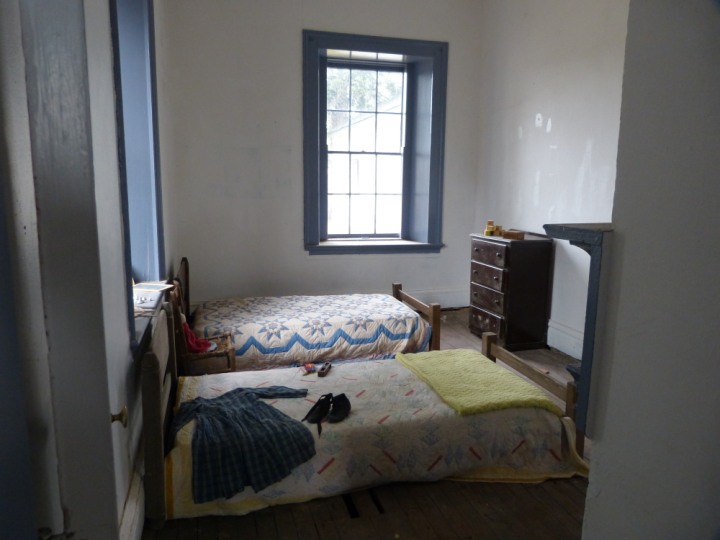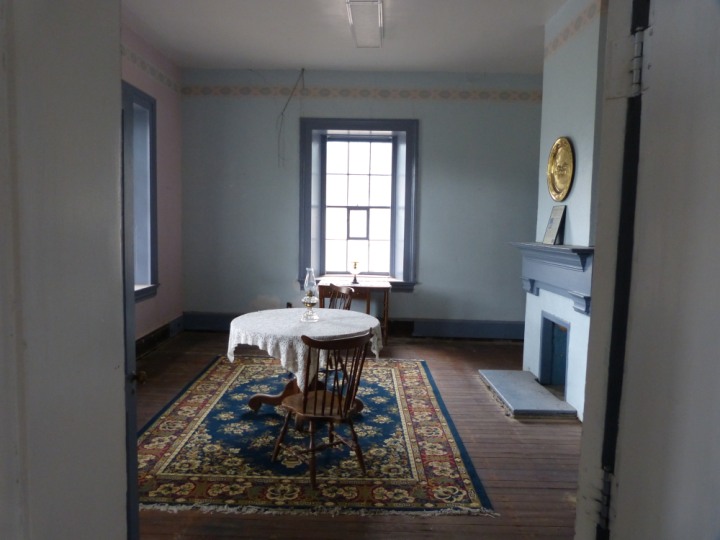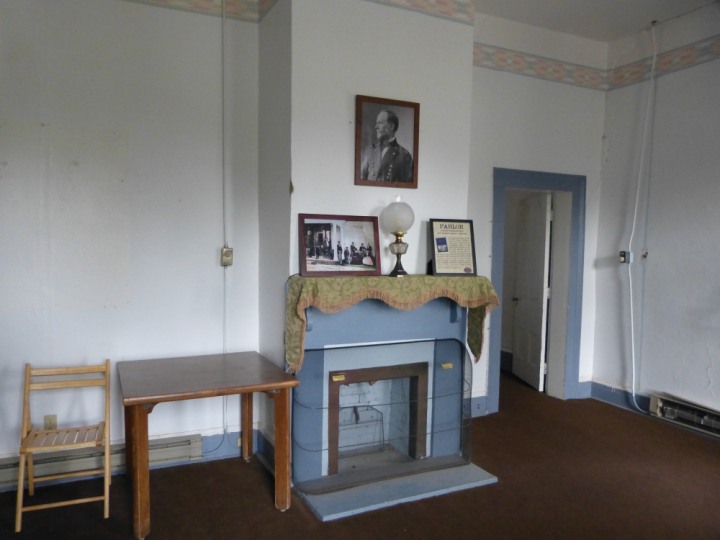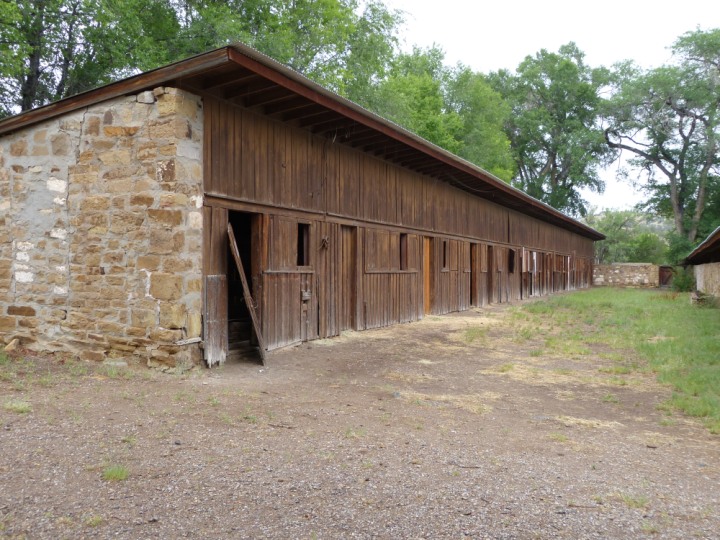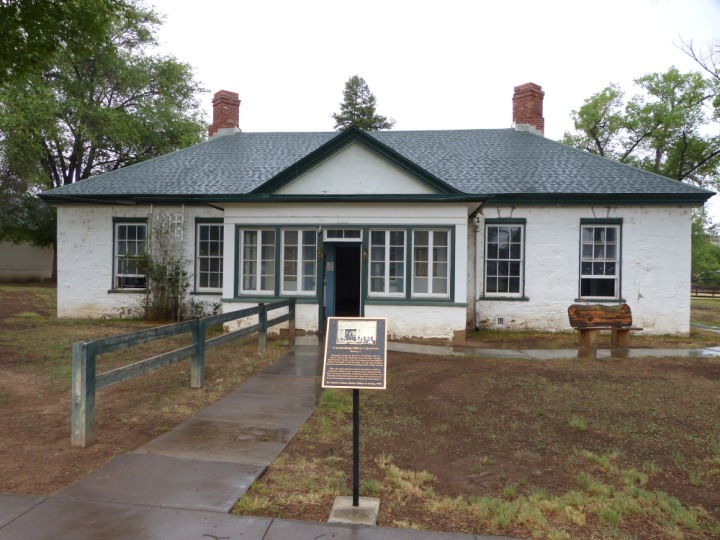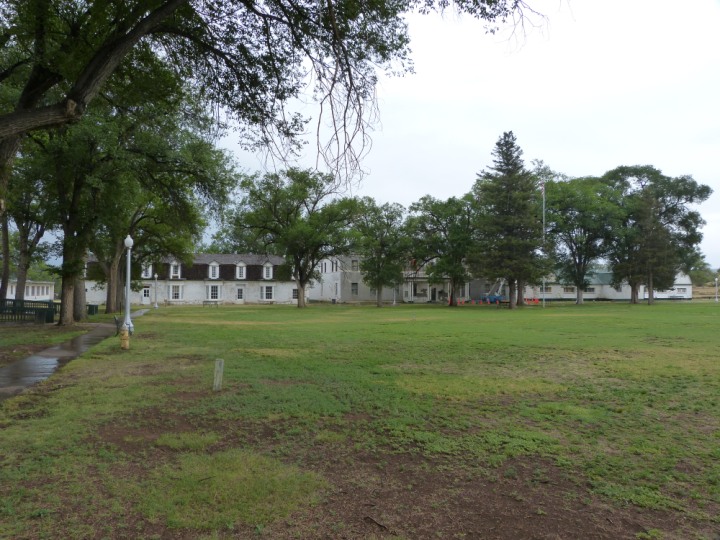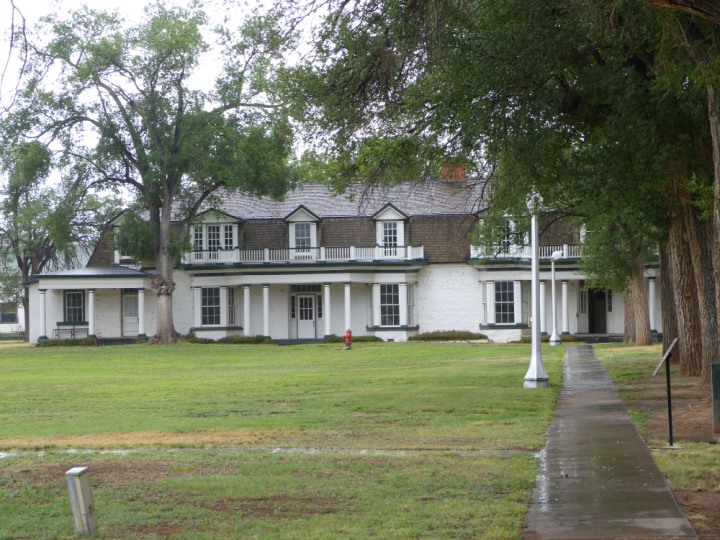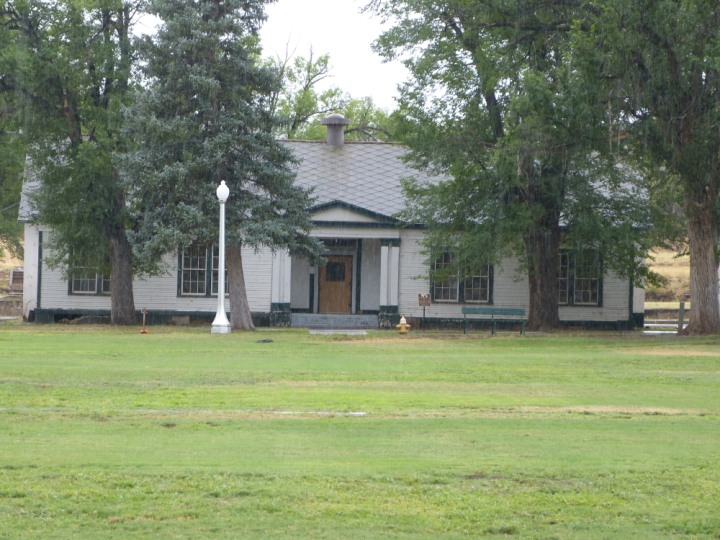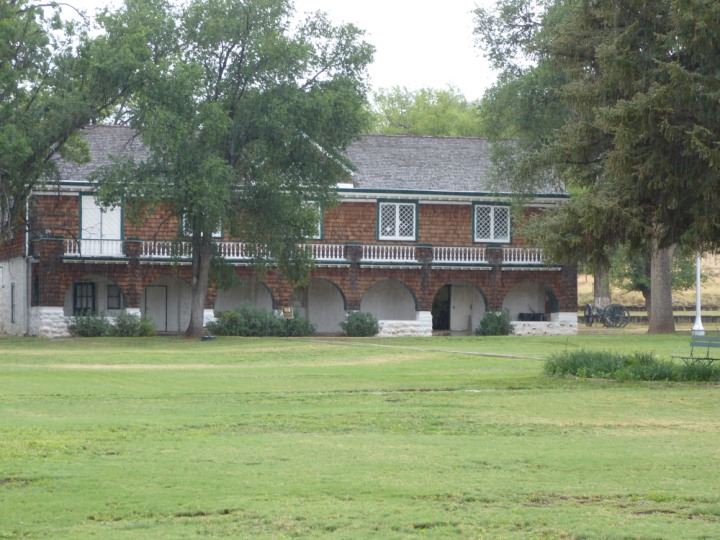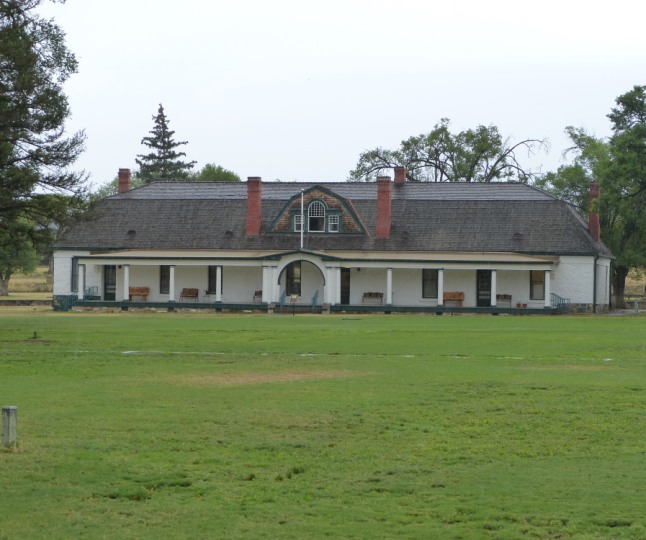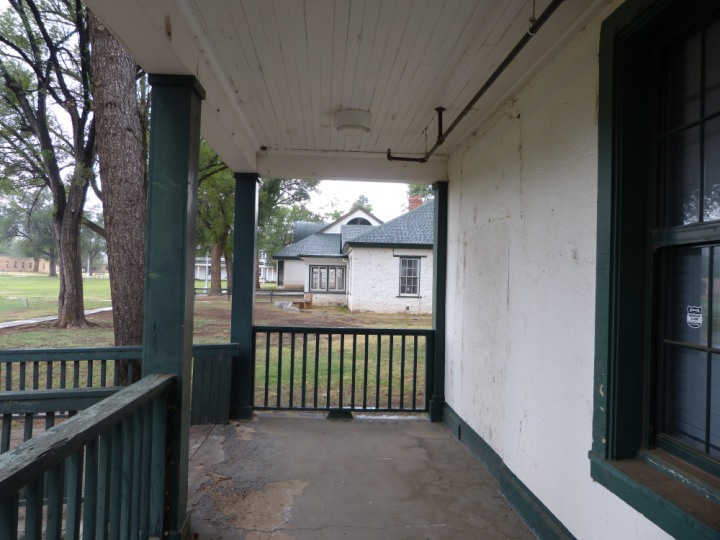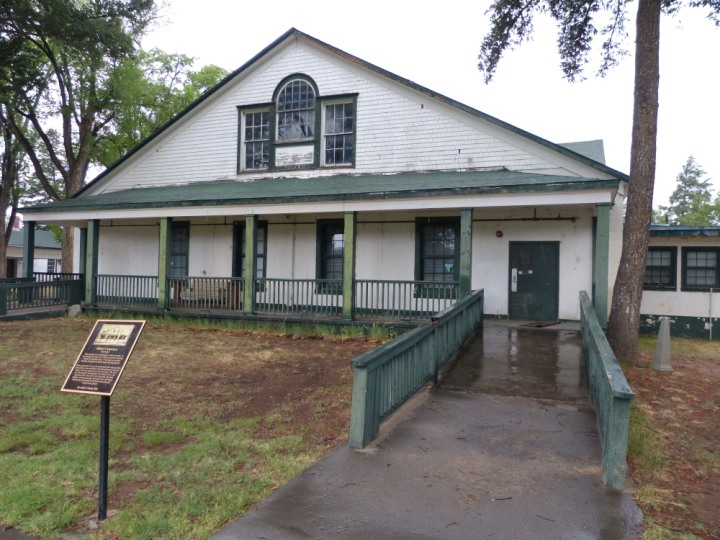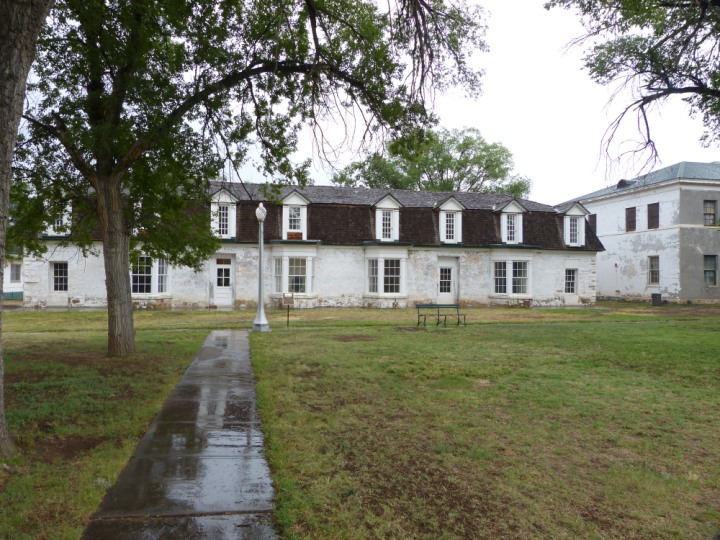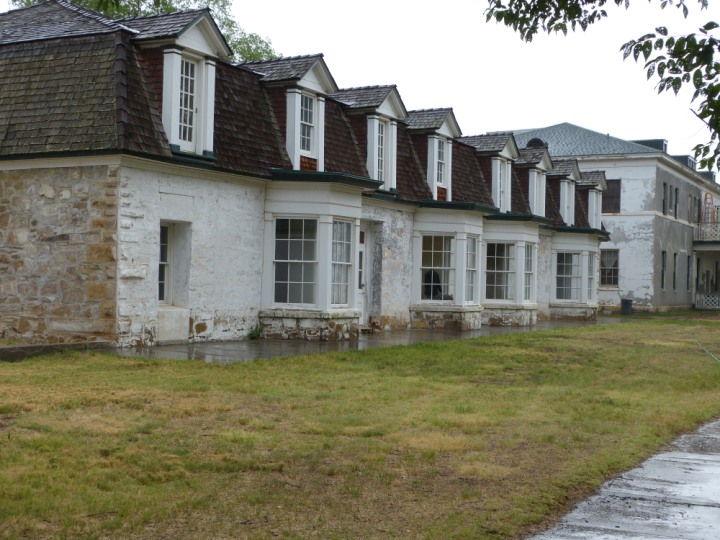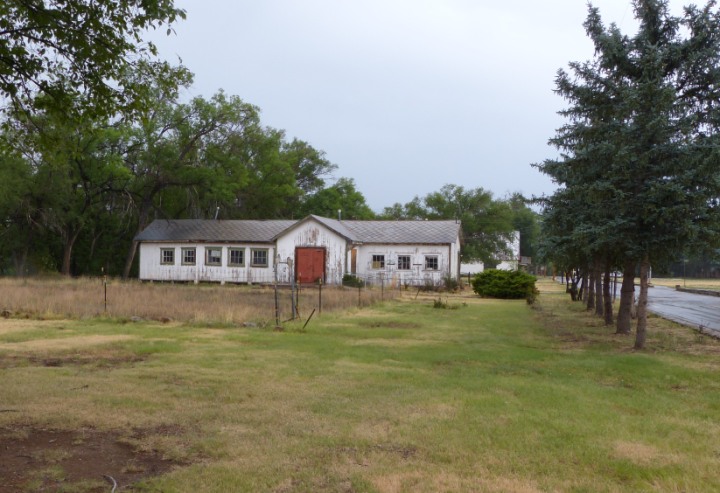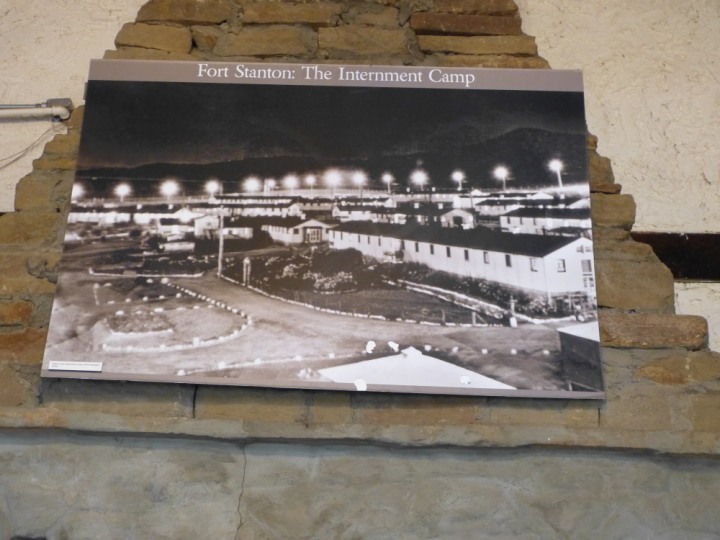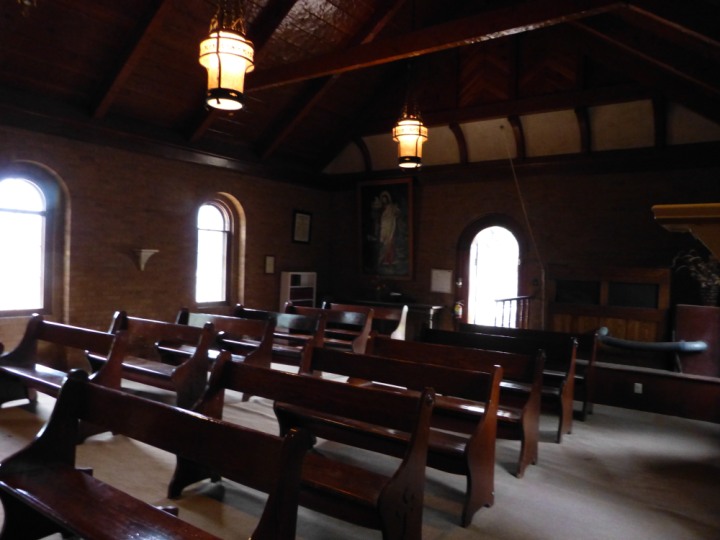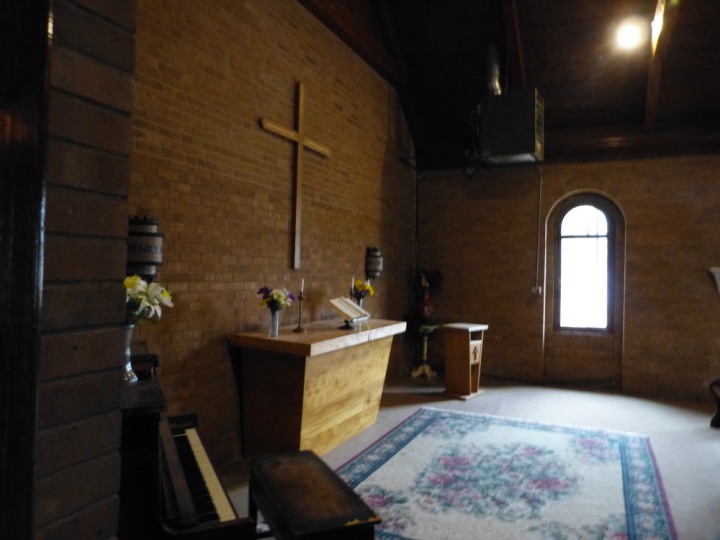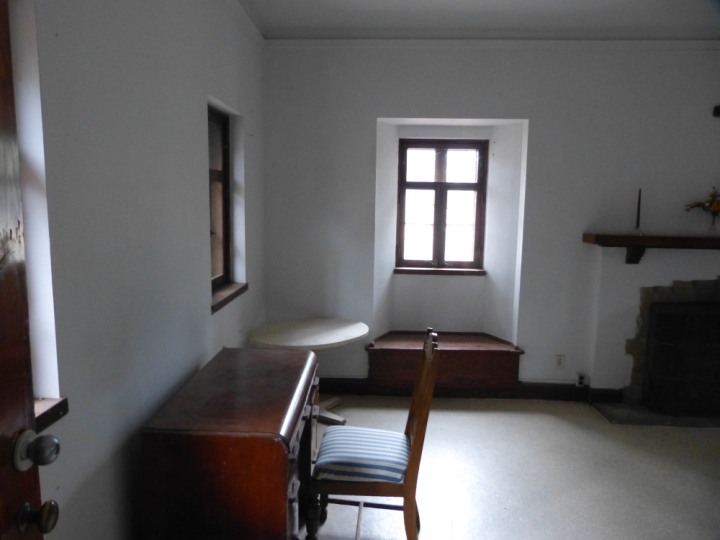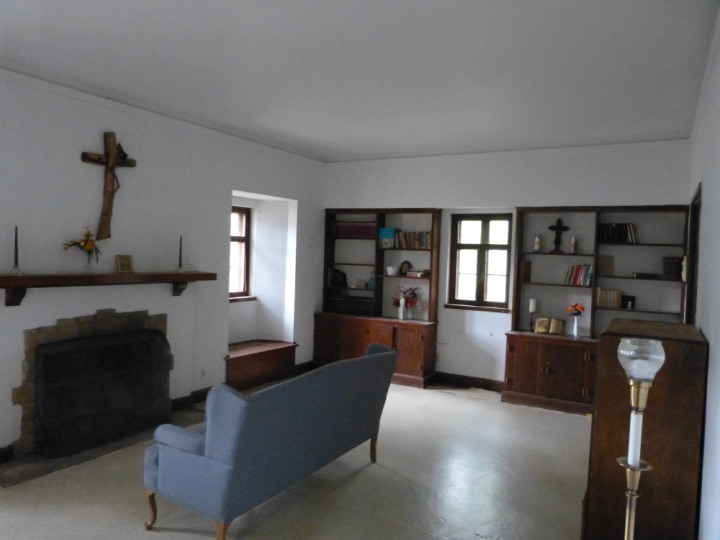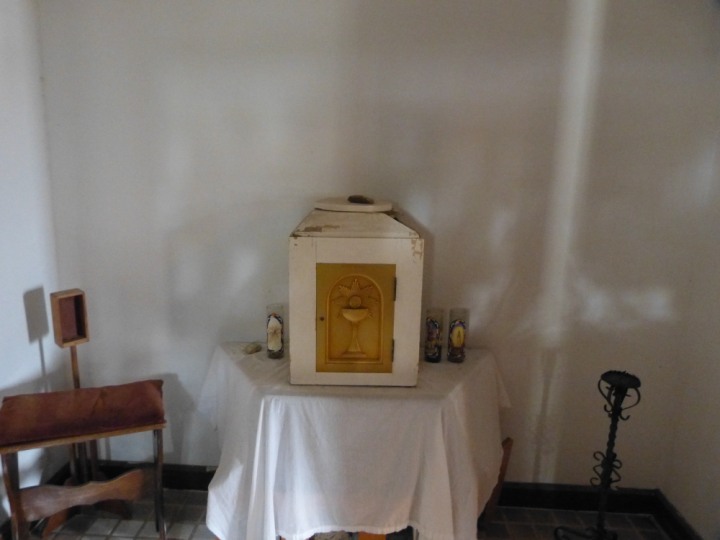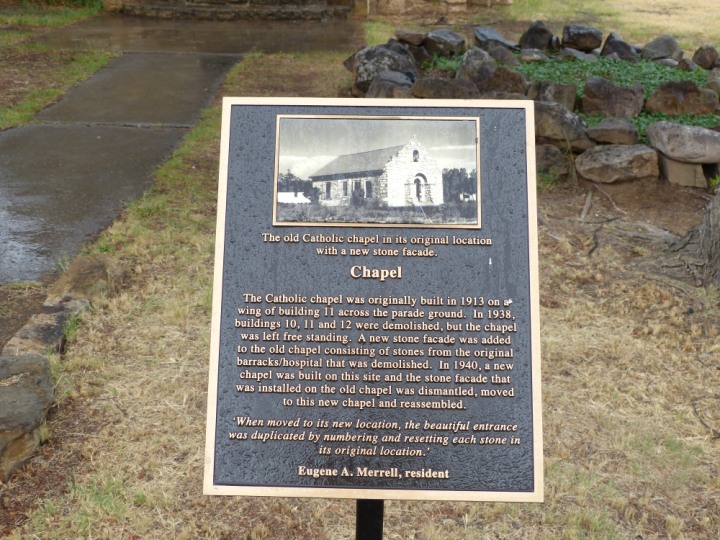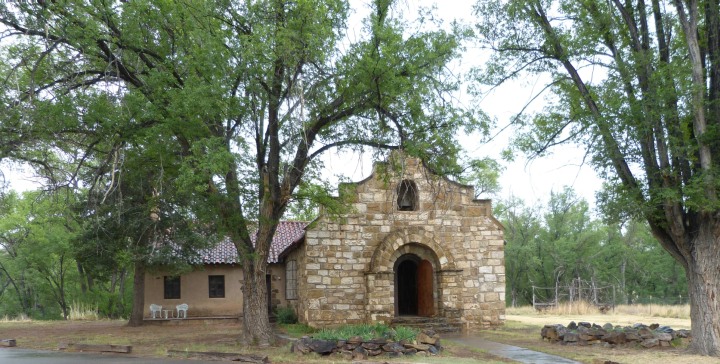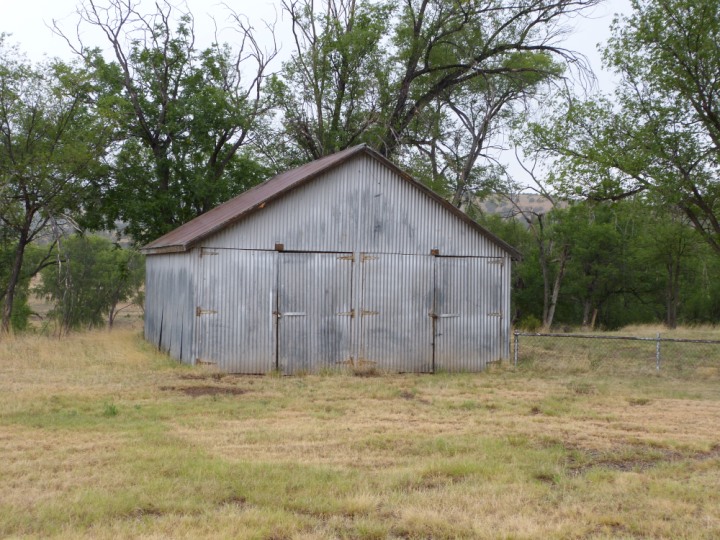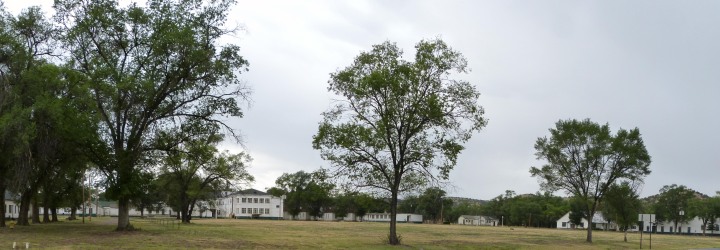Fort Stanton NM
July 2018
The Fort was named for Captain Henry W. Stanton, killed fighting the Apaches in 1855 near present day Mayhill. Fort Stanton is situated on 240 acres and was built in 1855 by soldiers of the 1st Dragoon and the 3rd and 8th Infantry Regiments to serve as a base of operations against the Mescalero Apache Indians. It served as a military fortification through 1896.
The site has at least 88 Buildings still standing. The usual stuff you find at a military fort, including officers’ quarters and barracks, a hospital and morgue, nurses’ quarters, a guardhouse, a dining hall, a chapel, a power plant and laundry, a gymnasium and pool, a fire station, horse stables and a U.S. post office.
Confederate forces occupied the outpost in the beginning of the American Civil War after the post was abandoned with the withdrawal of U.S. forces in the region in 1861. The retreating forces tried to burn the fort, but a rainstorm extinguished the fire. The Confederates completed the destruction when they left after only a month’s occupation.
in 1862 The fort returned to the Union led by of the legendary Christopher (Kit) Carson. It was the site, in 1862, of a famous shootout between Capt. Paddy Graydon and Army doctor, John Whitlock, over accusations that Graydon had massacred peaceful Indians at Gallinas Springs. Both men died as a result, Whitlock shot 128 times by Graydon’s rioting troops.
The Fort provided the only effective local law enforcement. Three times in the 1870’s the Fort’s garrison marched out to put down local disturbances that threatened to explode into civil war and in the process the Army determined their outcomes. The first two (the Horrell War and the Tularosa Ditch War) were racial conflicts between Anglo ranchers and Hispano farmers, and the third was the famous Lincoln County War. The Lincoln County War, which cost 30-60 lives, was between competing groups trying to monopolize trade with the Fort and therefore Lincoln County’s economy.
During the 1880s, Black soldiers from Fort Stanton helped pursue Apache bands led by Victorio and Geronimo. John J. “Black Jack” Pershing served two tours of duty at Fort Stanton in the 1880s and became the first five star general, acquired his nickname serving with Black troopers.
During the Great Depression, Fort Stanton was home to a CCC work camp. Then as the internment site for German merchant seamen from the German luxury liner, S.S. Columbus, that was sunk by her own crew 400 miles off the coast of Virginia to prevent its capture by the British. This was also the first American internment camp for civilians opened during the war. The guards were members of the United States Border Patrol, rather than the army. Fort Stanton was chosen because there were abandoned buildings from the Civilian Conservation Corps adjacent to the fort, which could be utilized, and there was also a hospital nearby. Furthermore, “the location ensured that any pro-Nazi activities would be isolated in this rather lonely part of New Mexico.”
At first, the camp resembled more of a small town than a prison. After Adolf Hitler’s declaration on December 9, 194, the seaman were no longer being held as “distressed seamen,” but rather enemy aliens that could only be released when the war was over. It was at this time that the guard towers and barbed wire fences were built.
After war was declared with Germany and Japan, the Internment camp housed some German prisoners of war as well as a few Japanese internees. It was used during early WWII for several months as a refuge for a group of Japanese-American families threatened by mobs in their hometowns.
In 1953, the Fort was given to the State of New Mexico and used first as a tubercular hospital and then, from the 1960’s until 1995, as the State Hospital for the Developmentally Handicapped. For a short time, it was a low security women’s prison and has housed several juvenile, drug and alcohol rehabilitation programs. When the State moved to dispose of the property, Fort Stanton, Inc., a nonprofit corporation (501-c-3), was created in 1997 to save this national treasure and seek its adaptive reconstruction as a living history center. It succeeded in mobilizing public opinion and convincing the State Legislature to preserve the Fort and appropriate the first funds for its renovation.
